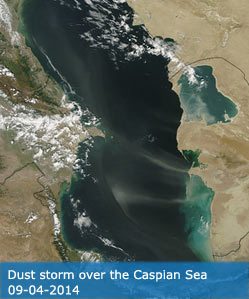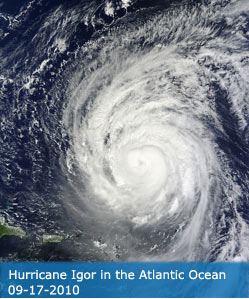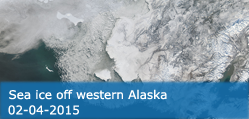Science Team
Publications
Sun, M; Chen, P; Zhang, ZH; Li, YZ (2024). Seasonal Variability in the Relationship between the Volume-Scattering Function at 180? and the Backscattering Coefficient Observed from Spaceborne Lidar and Biogeochemical Argo (BGC-Argo) Floats. REMOTE SENSING, 16(15), 2704.
Abstract
The derivation of the particulate-backscattering coefficient (bbp) from Lidar signals is highly influenced by the parameter chi p(pi), which is defined by chi p(pi) = bbp/(2 pi beta p(pi)). This parameter facilitates the correlation of the particulate-volume-scattering function at 180 degrees, denoted beta p(pi), with bbp. However, studies exploring the global and seasonal fluctuations of chi p(pi) remain sparse, largely due to measurement difficulties of beta p(pi) in the field conditions. This study pioneers the global data collection for chi p(pi), integrating bbp observations from Biogeochemical Argo (BGC-Argo) floats and beta p(pi) data from the Cloud-Aerosol Lidar with Orthogonal Polarization (CALIOP) spaceborne lidar. Our findings indicate that chi p(pi) experiences significant seasonal differences globally, peaking during summer and nadiring in winter. The global average chi p(pi) was calculated as 0.40, 0.48, 0.43, and 0.35 during spring, summer, autumn, and winter, respectively. The daytime values of chi p(pi) slightly exceeded those registered at night. To illuminate the seasonal variations in chi p(pi) in 26 sea regions worldwide, we deployed passive ocean color data MODIS bbp and active remote sensing data CALIOP beta p(pi), distinguishing three primary seasonal change patterns-the "summer peak", the "decline", and the "autumn pole"-with the "summer peak" typology being the most common. Post recalibration of the CALIOP bbp product considering seasonal chi p(pi) variations, we observed substantial statistical improvements. Specifically, the coefficient of determination (R2) markedly improved from 0.84 to 0.89, while the root mean square error (RMSE) declined from 4.0 x 10-4 m-1 to 3.0 x 10-4 m-1. Concurrently, the mean absolute percentage error (MAPE) also dropped significantly, from 31.48% to 25.27%.
DOI:
10.3390/rs16152704
ISSN:




